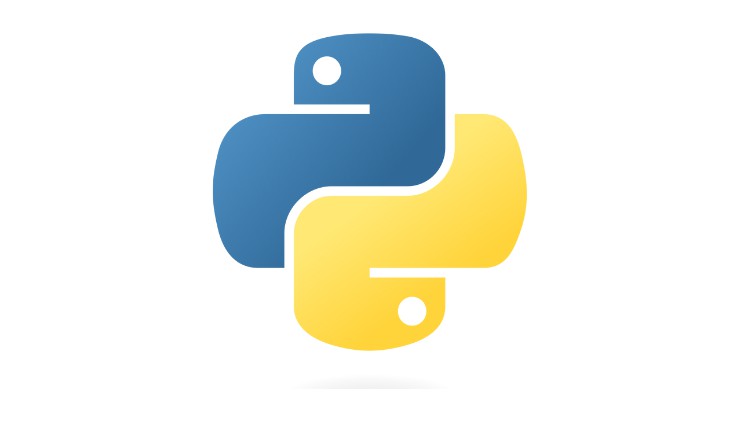
Python Programing Language Practice Test
What you will learn
Understand about the Python Programing Language
To know the concept of functions in Python.
Be capable of using basic functions like “if” and different types of loops.
Be able to convert datatypes.
To know how to work with lists.
Description
Python Programming Language
The Python programming language is an open source, widely-used tool for creating software applications.
Finally, practice here the best Python Programming Language MCQ Questions, that checks your basic knowledge of Python Programming.
From below you can learn some basic things of Python Programming that helps you to pass this exam.
What is Python used for?
Python is often used to build and deploy web applications and web APIs. Python can also analyze and visualize data and test software, even if the software being tested was not written in Python.
Python is a popular general-purpose programming language. It is used in machine learning, web development, desktop applications, and many other fields. Fortunately for beginners, Python has a simple, easy-to-use syntax. This makes Python a great language to learn for beginners.
Language concepts
Python has several useful programming language concepts that are less frequently found in other languages. These concepts include:
- generators
- comprehensions
- application dependency handling via the built-in venv (as of Python 3.3) and pip (as of Python 3.4) commands
Generators
Generators are a Python core language construct that allow a function’s return value to behave as an iterator. A generator can allow more efficient memory usage by allocating and deallocating memory during the context of a large number of iterations. Generators are defined in PEP255 and included in the language as of Python 2.2 in 2001.
Comprehensions
Comprehensions are a Python language construct for concisely creating data in lists, dictionaries and sets. List comprehensions are included in Python 2 while dictionary and set comprehensions were introduced to the language in Python 3.
Why are comprehensions important?
Comprehensions are a more clear syntax for populating conditional data in the core Python data structures. Creating data without comprehensions often involves nested loops with conditionals that can be difficult for code readers to properly evaluate.